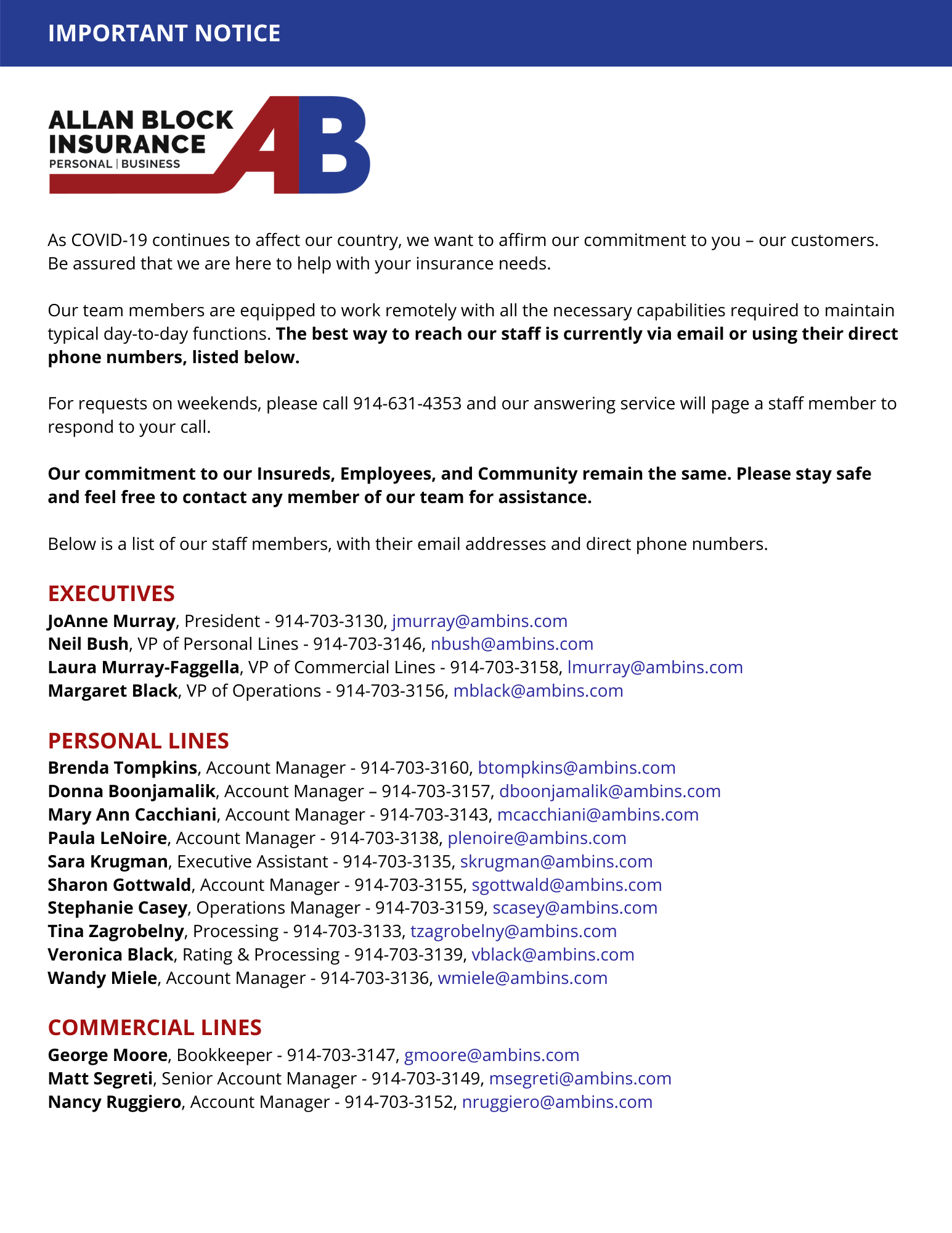Most everyone is aware of the threat of cyber crime in our society; particularly, we often hear about credit card fraud and data breaches originating from large organizations. Two common types of cyber crime to consider are ransomware and social engineering
Ransomware involves holding a company’s information for ransom or blocking it, usually through encryption. Payment is demanded for the return of the data being held. The information targeted is often critical data or client information.
The term “social engineering” describes when a person—for example, an employee—is fraudulently manipulated into releasing funds or sensitive information (the company’s or their own). This can take the form of a false email seeming to be from a member of management directing the employee to make a particular purchase, a letter from a vendor redirecting payment, or other such ploys.
These cyber crimes are on the rise and can be devastating for both the business and the employee.
There are steps you can take to limit the damage of a cyber crime. First, a business should consider the non-insurance items related to cyber risks.
• Do you have an IT team?
• Does your data get backed up (and how often)?
• What types of encryption/protection do you use?
• Does your IT service do “mock” cyber-threat emails and monitor responses from employees?
Second, your business should consult with an insurance agent or broker who knows about cyber risk insurance. The application for such coverage is often very telling and can reveal your areas of weakness and strength. While there are different coverages in the cyber field—liability, ransom, physical damage, etc.—there is an essential principle accompanying all of them: risk management.
One of the greatest benefits of securing cyber insurance is the array of services available, so ask about cyber consulting services and incident response. With those and good coverage, you should be prepared to beat cyber criminals.



